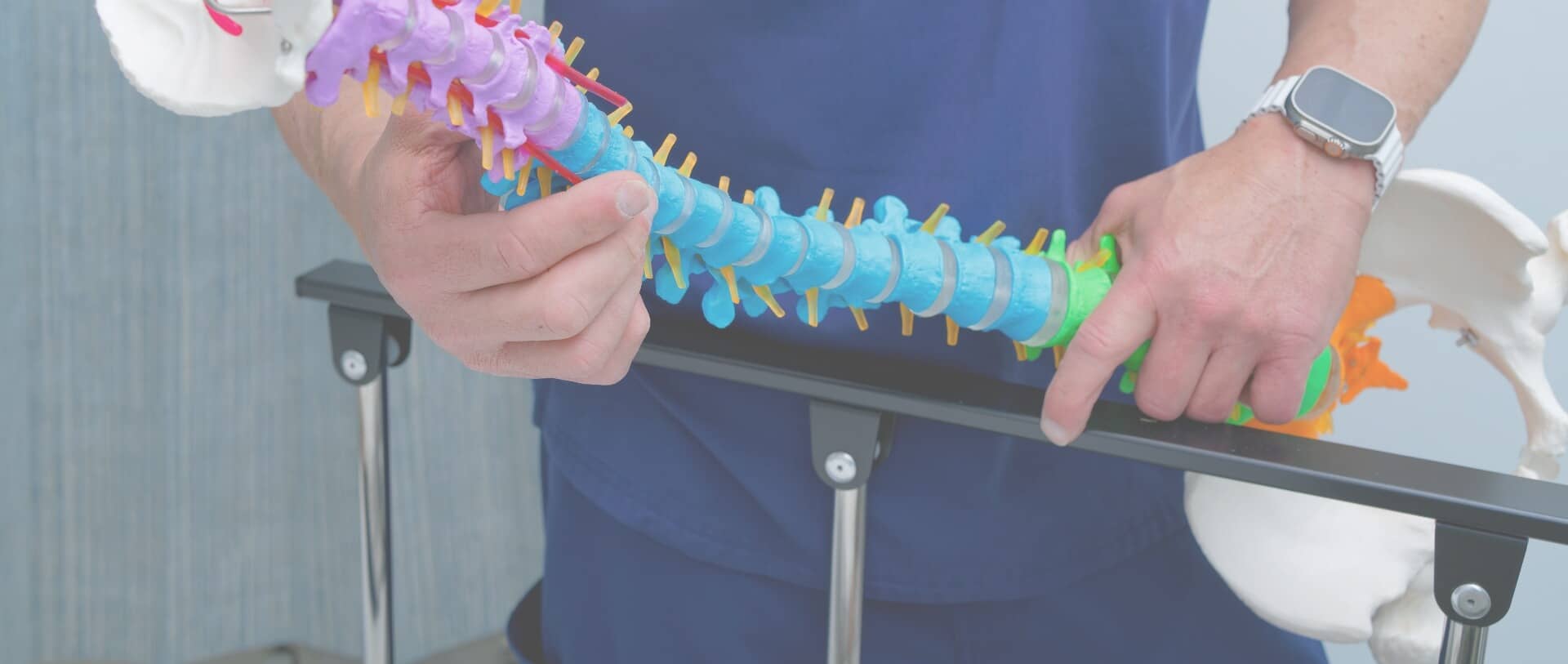
PROCEDURES
Kyphoplasty
Spinal fractures, which typically result from accidents or excessive pressure, can lead to severe pain and reduced flexibility. To alleviate this condition and its symptoms, Dr. Jamie Gottlieb may recommend a kyphoplasty or vertebroplasty. When comparing kyphoplasty vs. vertebroplasty, the kyphoplasty procedure offers several advantages. Contact Gottlieb Spine to learn more about this procedure and find out if you are a candidate.
Spinal Fractures
Your spine consists of bony vertebrae, discs, nerve roots, and other structures. The vertebrae, which stack up to create the spinal column, surround and protect the spinal cord. The discs are located between each vertebra. They allow motion between vertebrae, act as shock absorbers, and distribute the stress and strain placed on the spine.
If you have a spinal fracture, you may experience symptoms like severe neck or back pain, which often gets worse with movement. In some cases, when the spinal cord or nerve roots are involved, numbness, tingling, weakness, or bowel/bladder dysfunction can occur.
What is Kyphoplasty Surgery?
Kyphoplasty surgery is a procedure done to treat spinal fractures. A small balloon is used to restore the shape and size of the bone to its pre-fracture state, or at least as much as possible. Bone cement is injected into the fractured area, and the cement hardens to stabilize the injury and reduce pain.
What is Vertebroplasty Surgery?
Sometimes, the fracture has started to harden, making it impossible to restore the bone shape and size. In this case, no balloon is used, but the procedure is otherwise identical to a kyphoplasty and is called a vertebroplasty. Bone cement is injected right into the fractured area, and the cement hardens to stabilize the injury and reduce pain.
Kyphoplasty vs. Vertebroplasty
Both procedures are done to relieve the back pain and other symptoms caused by a spinal fracture. However, the decision between kyphoplasty and vertebroplasty depends on several factors. Your specific diagnosis and Dr. Gottlieb’s advice are crucial. The main difference between the procedures is that kyphoplasty uses an inflatable balloon to create a cavity for the bone cement to be injected, while vertebroplasty involves direct injection into the fractured vertebral bone. In certain cases, here is why kyphoplasty might be considered a better procedure than vertebroplasty:
- Height restoration: Because of the enlargement of the cavity, balloon kyphoplasty improves the chances of height restoration and rounding of the back, known as kyphosis. The goal of vertebroplasty is to prevent further loss of height. Kyphoplasty is a more advanced procedure with additional treatment benefits.
- Cavity creation: The creation of the cavity in kyphoplasty allows for controlled cement injection and distribution within the vertebra. This helps to prevent cement leakage into surrounding tissues, which can cause complications.
- Pain relief: Due to the restoration of height and alignment in the spine, kyphoplasty is associated with better pain relief.
How Do I Know I Need Kyphoplasty Surgery?
Kyphoplasty surgery can address a variety of symptoms that result from spinal fractures, including:
- Severe and persistent back pain
- A decrease in body height
- Limited mobility
- Tingling or muscle weakness, which may be a sign of spinal nerve damage
Dr. Gottlieb may first recommend conservative treatments such as pain medications, rest, physical therapy, or bracing for a spinal fracture. However, if these treatments haven’t provided significant pain relief and you are still experiencing functional limitations, he may explore kyphoplasty surgery as an effective option.
What are the Steps to a Kyphoplasty?
The length of the kyphoplasty procedure is typically short, ranging from 45-90 minutes, but depends on the number of fractures operated on, whether previous surgery has been performed, and the severity of the fractures. The main steps involved in surgery include:
- Incision: A small incision will be made on your back, allowing for the insertion of a special tube that extends up to the fractured vertebrae. If the fractured vertebrae are in the lower back, a lumbar kyphoplasty is done. Dr. Gottlieb employs X-ray guidance during this part of the procedure to ensure utmost precision.
- Balloon kyphoplasty: Using the tube, Dr. Gottlieb will carefully insert a bone tamp into the fracture. As the balloon inflates, it will restore any lost height by enlarging the cavity.
- Injection of bone cement: Following the balloon inflation, cement is injected into the cavity, which will quickly harden and stabilize the fractured bone.
Spinal fractures can lead to severe discomfort and mobility limitations. Dr. Jamie Gottlieb offers kyphoplasty and vertebroplasty, two procedures that can stabilize the spine and reduce your pain. For more information on these procedures and to learn which is right for you, schedule an appointment at Gottlieb Spine.

Top Quality Care at Gottlieb Spine
You should consult with a spine doctor to determine the most appropriate type of injection for you. Schedule a consultation at Gottlieb Spine today to learn more about the potential benefits of injections in managing your spinal health.
SCHEDULE A CONSULTATION